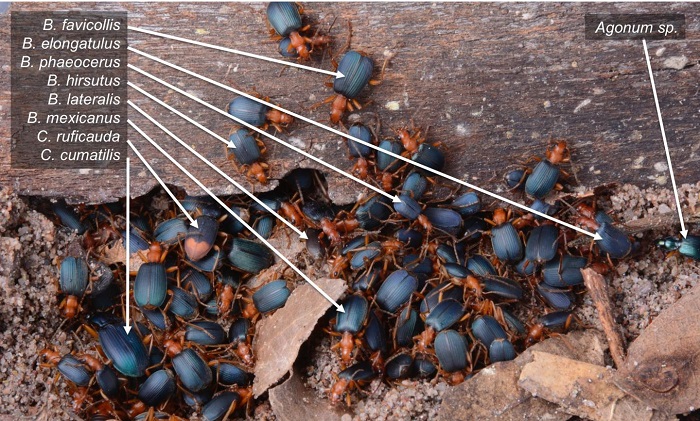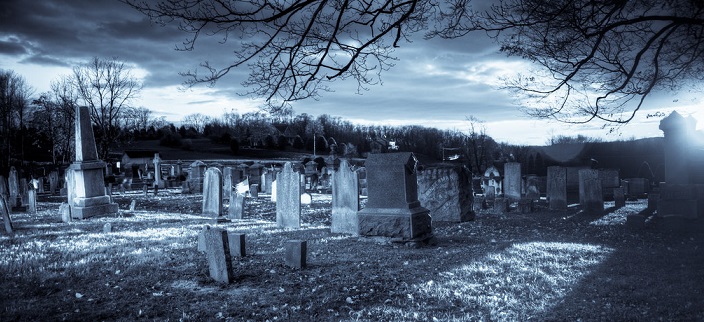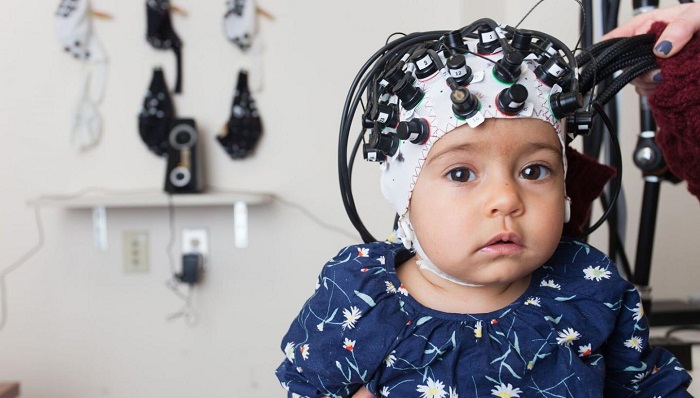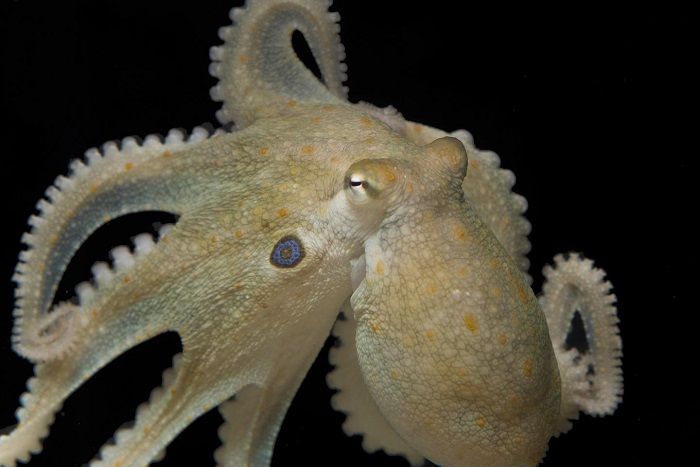Each 60-second episode of the daily Science Update Podcast series is a brief yet satisfying story on the latest discoveries in science, technology and medicine, from aardvarks to zygotes, and, every now and then, aardvark zygotes. We also answer your science questions and even say your name on the air (unless you’d really rather we didn’t) and send you a highly collectible Science Update “Smarten Up” mug. The Science Update family of radio shows and podcasts is produced by AAAS, the world’s largest general scientific society. Those who prefer their podcasts weekly should check out the Science Update Podcast – Weekly Edition.
- Home
- Top Charts
- Top Networks
- Top Apps
- Top Independents
- Top Podfluencers
- Top Picks
- Top Business Podcasts
- Top True Crime Podcasts
- Top Finance Podcasts
- Top Comedy Podcasts
- Top Music Podcasts
- Top Womens Podcasts
- Top Kids Podcasts
- Top Sports Podcasts
- Top News Podcasts
- Top Tech Podcasts
- Top Crypto Podcasts
- Top Entrepreneurial Podcasts
- Top Fantasy Sports Podcasts
- Top Political Podcasts
- Top Science Podcasts
- Top Self Help Podcasts
- Top Sports Betting Podcasts
- Top Stocks Podcasts
- Podcast News
- About Us
- Podcast Advertising
- Contact

 Our TOPPODCAST Picks
Our TOPPODCAST Picks  Stay Connected
Stay Connected






























